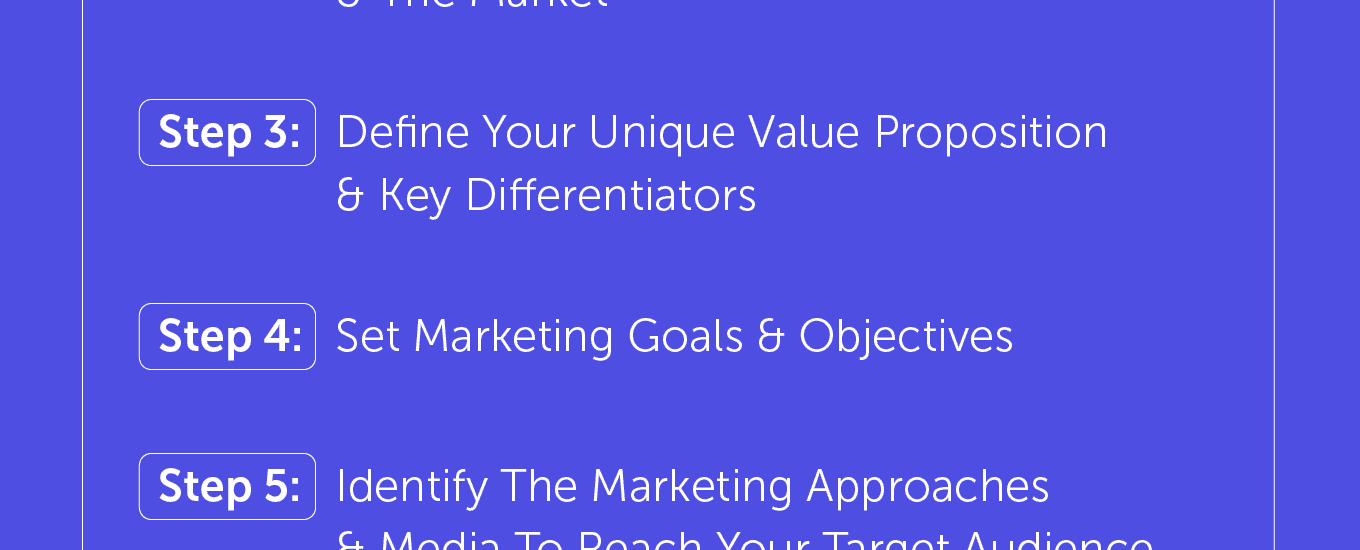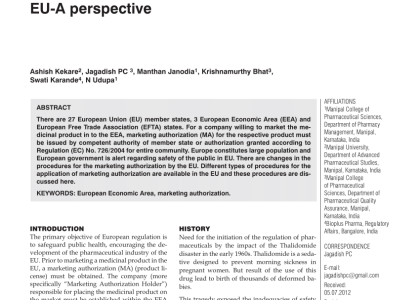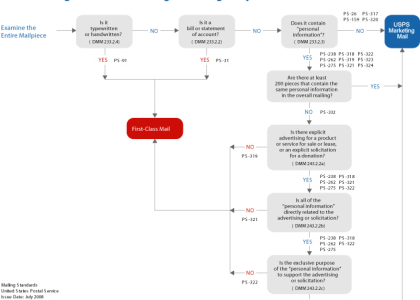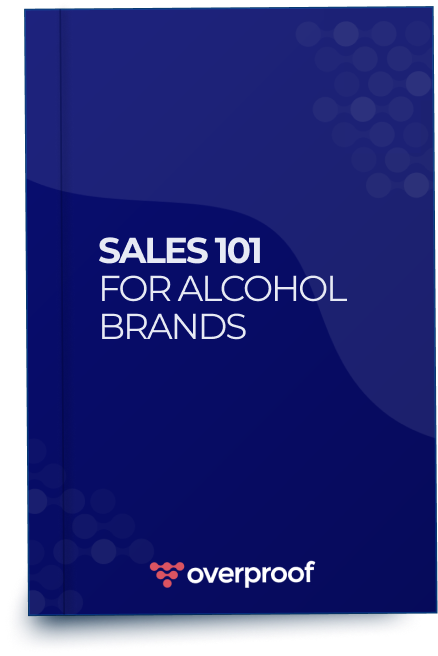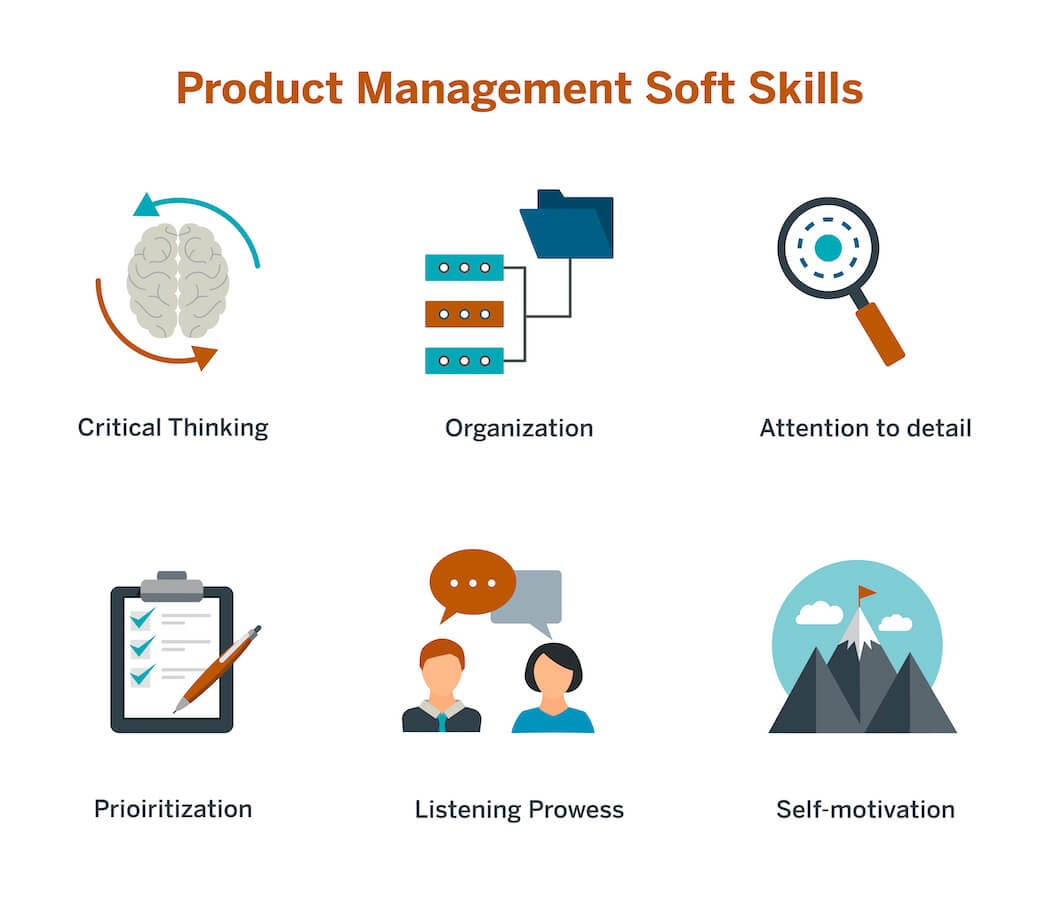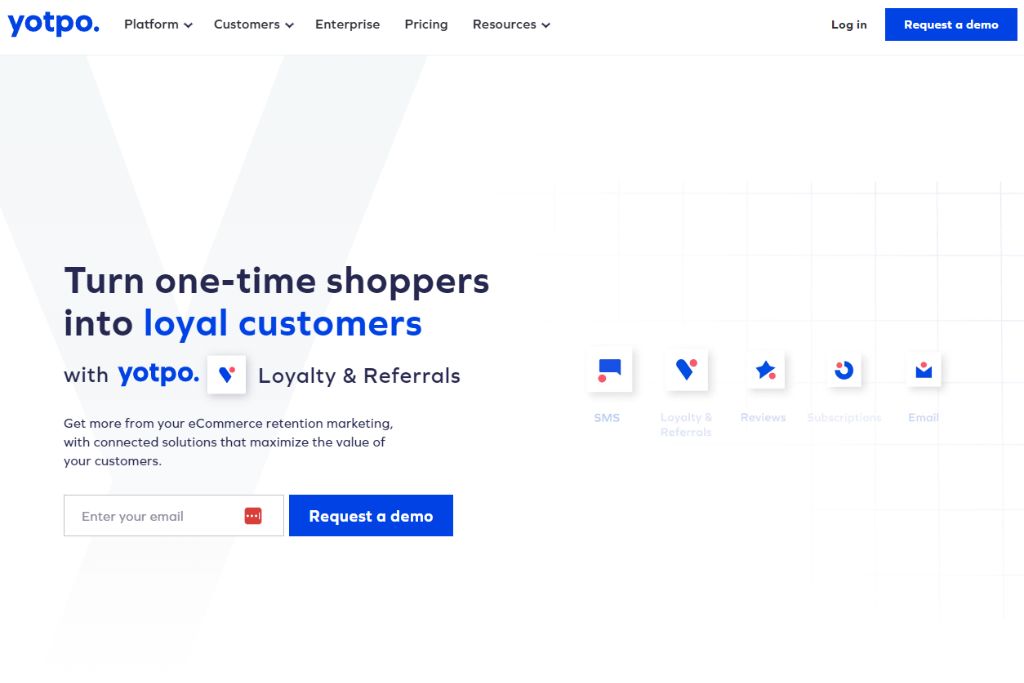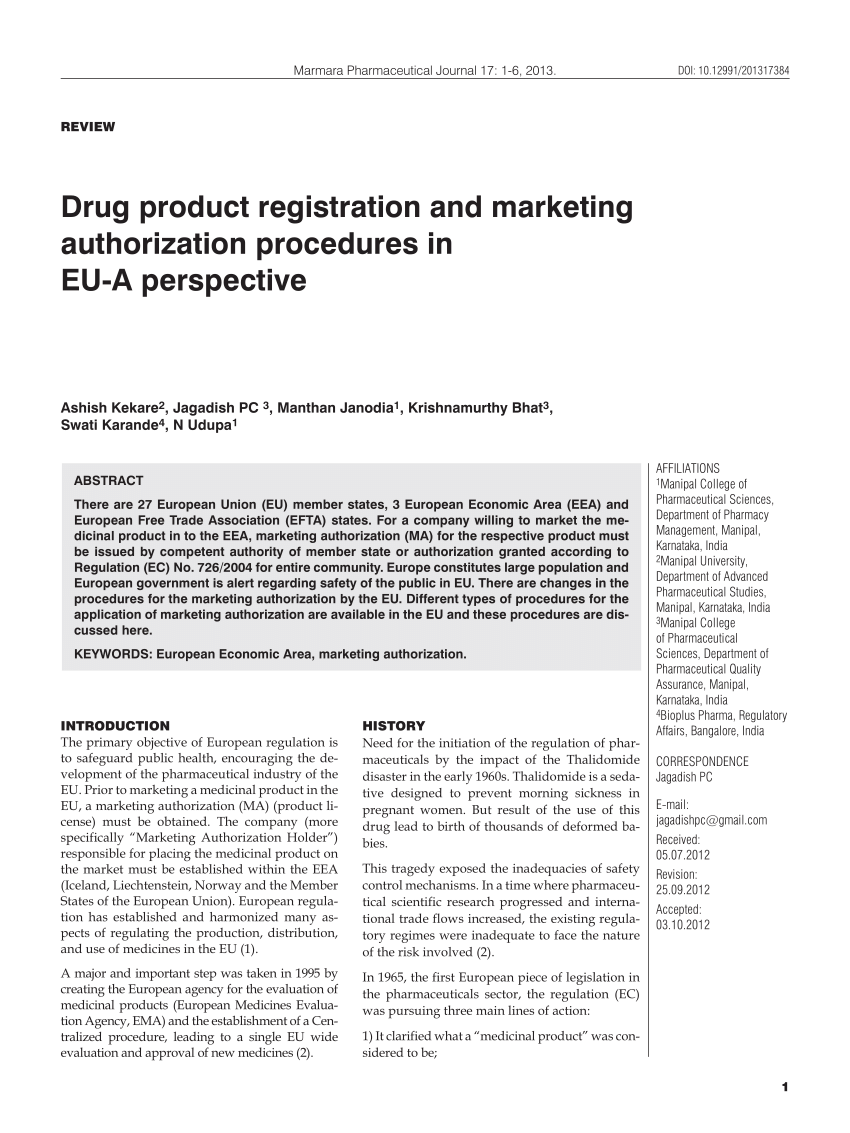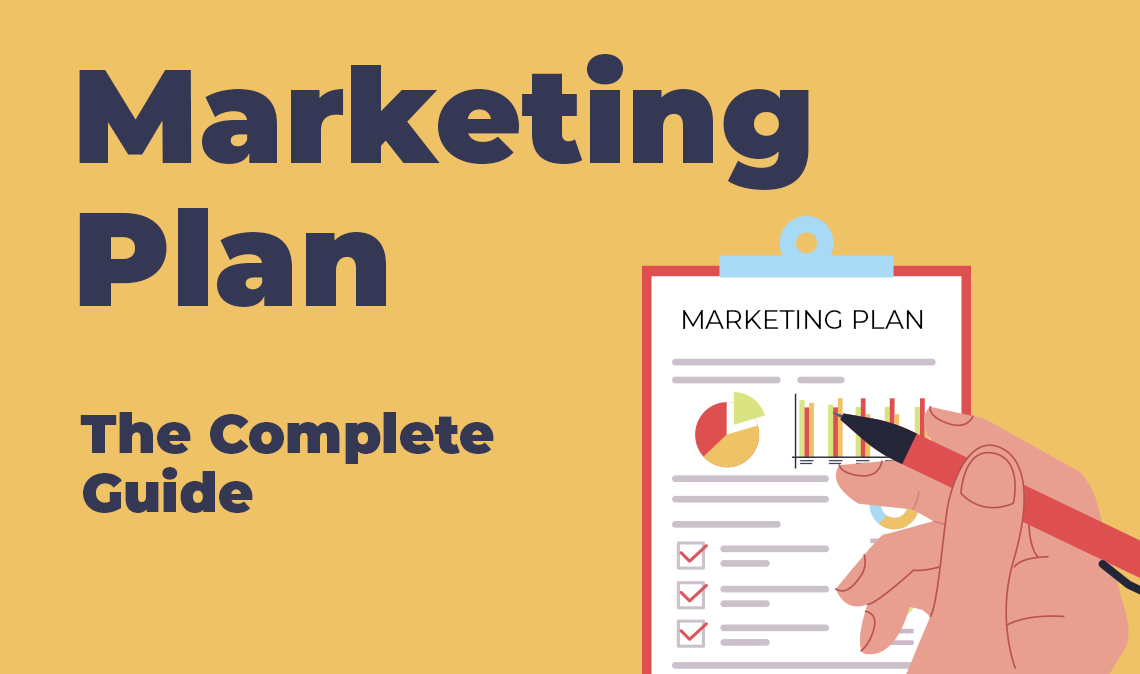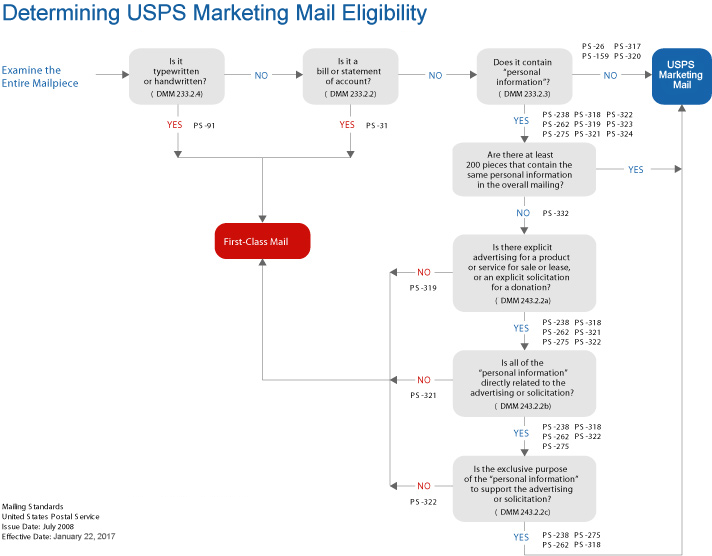The field of marketing is multi-faceted with several strategies, each one critical to business success. Tactical marketing, though commonly misunderstood, constitutes one of these essential techniques. It holds immense significance in allowing businesses to connect with their target audiences more effectively, carving out a unique market presence. This article provides an overview of the tactical marketing concept, elucidating this method’s powerful strategies and inherent advantages.
Unveiling the facets of tactical marketing can bring to light a deal of strategies simultaneously simple and intricate. These methodologies afford companies a tactical advantage in tightening their grip on market segments, and thus keeping ahead of their industry rivals. This article aims to shed light on the different components that coalesce into the creation of a successful tactical marketing approach.
Nonetheless, understanding a concept does not rest with comprehension alone. One must also recognize the benefits it brings forth. Tactical marketing, when applied right, can lead to business growth, increased brand visibility, and enhanced customer engagement. The later sections of this article will delve into the upside of incorporating tactical marketing into your business strategy.
So, whether you are an established entrepreneur seeking to sharpen your marketing methodologies or a budding business owner striving to build a solid brand trajectory, gaining insights into tactical marketing can materially aid your aspiration. Read on to better grasp the science and art behind tactical marketing, along with its noteworthy dividends.
Understanding the Concept of Tactical Marketing
Tactical marketing, in essence, refers to the concrete actions and steps that a business undertakes to implement its marketing strategy. It emphasizes the ‘how’ aspect, demonstrating the methods employed to reach the strategic marketing objectives. It is the boots-on-the-ground portion of a marketing plan, which includes detailed tactics and specifics such as advertising campaigns, social media initiatives, direct mail promotions, and other targeted marketing activities.
In tactical marketing, each component is designed with a specific goal that contributes to the overall marketing strategy. These may vary widely, but typical objectives include building brand awareness, driving the sales of a particular product, attracting new customers or retaining existing ones, and so forth.
Main Components of Tactical Marketing
- Market Research: An in-depth understanding of the target market is a crucial first step in tactical marketing. A thorough market analysis aims to identify consumer preferences, purchasing behaviors, market trends, and competitive analysis.
- Marketing Mix: This pertains to the combination of marketing elements used to market a product or service. Commonly referred to as the 4 Ps – product, price, place, and promotion – the marketing mix is a critical component of a tactical marketing plan.
- Promotional Activities: These are specific tactics aimed at promoting a product or service. Examples include advertising and direct marketing campaigns, social media initiatives, and public relations activities.
By leveraging tactical marketing, businesses can ensure a consistent and coordinated approach to their marketing efforts. When implemented effectively, it can significantly enhance visibility, drive customer engagement, and boost revenue. Ultimately, tactical marketing translates the organization’s broad marketing strategy into actionable initiatives and provides the blueprint for success in a competitive marketplace.
It should be noted that while tactical marketing is essential, it must align with a well-formulated strategic marketing plan. Strategy addresses the ‘why’ and ‘what’, while tactics focus on ‘how’. Both are indispensable for building a strong market presence.
The Significance of Tactical Promotional Techniques in Contemporary Commerce
In today’s highly competitive business landscape, tactical promotional methods have become an essential part of any successful business strategy. These promotional techniques are essentially a combination of different marketing methods specifically designed to achieve a particular business goal.
Why have these become so crucial in the modern corporate arena? Firstly, they allow businesses to keep up with the rapidly changing market dynamics. Market trends and customer preferences can change quickly and as such, businesses must be able to swiftly adjust their marketing strategies accordingly. Tactical promotional techniques offer the flexibility and adaptability required to achieve this.
Secondly, these marketing strategies promote customer engagement, which is critical in today’s digital age. With the availability of various communication channels, businesses have the opportunity to interact and engage with their customers on a more personal level. This not only enhances the customer experience but also helps in building long-term relationships and fostering brand loyalty.
Last but not least, contemporary commerce tactical approaches provide companies with a competitive edge. By tailoring their marketing tactics to suit their target audience, businesses can stand out from the crowd and ultimately, increase their market share.
- Adapting to Market Changes: Tactical marketing is flexible; it allows organizations to nimbly respond to changes in the industry, customer preferences, and advancements in technology.
- Customer Engagement: Utilizing a tactical approach in marketing can enhance the customer experience by allowing for more personalized and meaningful interactions between the organization and its customers.
- Gain Competitive Advantage: Tactical marketing can help businesses differentiate their products and services from competitors in a crowded market, potentially boosting market share and profitability.
In conclusion, tactical marketing techniques are vital for any business wishing to remain relevant and competitive in a rapidly evolving marketplace. By capitalizing on these strategies, companies can adapt to market changes, improve customer engagement and increase their competitive advantage.
Principal Components of a Tactical Marketing Approach
Tactical marketing analyzes the potential effectiveness of a marketing activity and establishes the operational details to successfully execute it. It involves several essential components which aid in the successful implementation of marketing strategies.
Thorough Market Analysis
The first crucial element of a tactical marketing approach is detailed market analysis. This includes understanding the target audience, their needs, preferences, and behavior, which enables the organization to design marketing tactics that would resonate with the audience.
Clear Communication of Value Proposition
Conveying a clear value proposition is another key aspect. This allows potential customers to understand the unique benefits of a product or service, comparing it to competitors, and making an informed decision to purchase.
Well-Defined Goals
Understanding the objective of marketing activities is another crucial component. These could range from increasing brand awareness, boosting sales, or improving customer loyalty. Setting well-defined goals will help to gauge the success rate of marketing tactics and adjust them as per requirements.
Customer Engagement
Engaging with the customers is a core part of tactical marketing. It entails gaining and keeping the interest of potential customers through interaction, providing relevant content, and addressing their queries promptly.
Performance Tracking
Monitoring the performance of marketing activities is a critical aspect of tactical marketing. This involves the use of data analytics to understand the effectiveness of different marketing strategies and refining them for future campaigns.
Competitor Analysis
Lastly, understanding the competition is a significant part of a tactical marketing approach. By understanding what competitors are doing, one can design strategies that could offer an edge in the market.
In conclusion, the principle elements of a tactical marketing approach are a thorough market analysis, clear communication of value proposition, well-defined goals, customer engagement, performance tracking, and competitor analysis. By consciously incorporating these vital aspects, businesses can significantly enhance their marketing efforts.
Distinguishing Tactical Marketing from Strategic Marketing
Identifying the distinctions between Strategic and Tactical Marketing tactics can be quite challenging as both are essential in each marketing campaign. However, understanding these terms can help businesses understand the broader spectrum of marketing.
Strategic marketing revolves around a game plan that aligns itself with the overall business objectives. It involves an extensive evaluation of a company’s current market situation and the development of a marketing plan to achieve said goals. These strategies usually encompass the company’s long-term marketing initiatives and are crucial in setting clear, measurable, and realistic marketing goals. Consider strategic marketing as the bigger picture – it’s all about why and what you need to advertise.
On the other hand, Tactical marketing involves the actions carried out to implement the strategic marketing plan. These are short-term actions often characterized by low-cost, high-result strategies explicitly built to improve sales performance. Tactical marketing may include social media campaigns, email marketing, Search Engine Optimization (SEO), among others. Unlike strategic marketing, tactical marketing is more focused on how to market.
- Strategic Marketing focuses on what to accomplish, incorporating the marketing principles and overall business goals, while Tactical Marketing focuses on how to achieve these goals, identifying the most effective methods to use.
- While both marketing strategies work towards achieving the same end goal, they differ significantly in their focus. The former concentrates on long-term goals, whereas the latter emphasizes short-term wins.
- Strategic marketing is about setting up achievable targets, whereas tactical marketing is about the methods or activities employed to achieve these targets. It usually involves the need to adjust to changing market trends to meet these targets efficiently.
Each company structures its marketing with strategic and tactical strategies that meet its respective goals. By understanding the difference between the two, a company can develop a well-rounded and efficient marketing plan.
Popular Strategies in Tactical Advertising
Grasping effective strategic promotion practices requires a detailed understanding of the common approaches. These techniques are designed to accelerate company goals and improve marketing outcomes. The calculated advertising processes can be broadly categorized into five groups.
Product and Service Promotion
One of the most traditional forms of strategic advertising utilises product or service promotion. This can take the form of discounts, sales, or special offers designed to attract customers towards the product or service in question and drive both brand awareness and sales.
Targeted Advertisements
In the world of digital marketing, targeted advertisements have become increasingly popular. By collecting and analyzing data on their target market, businesses can create advertisements specifically tailored to the demographic’s perceived needs or interests.
Public Relations and Social Media
Public Relations has always been a significant part of tactical marketing, but in recent years, the rise of social media has also seen a rise in its use in marketing strategies. Public relation techniques can include press releases, interviews, and events. On the other hand, social media promotion may involve working with influencers or creating engaging content aimed at brand promotion.
Email Marketing and Newsletters
Another commonly used tactic is email marketing and newsletters. By sending targeted, regular content directly to potential customers, companies have a more direct line of communication, potentially increasing engagement and brand loyalty.
Search Engine Optimization
Fundamentally, SEO is a big part of strategic advertising efforts. It involves optimizing a website’s content and design with the aim of improving its ranking on search engine results pages, thereby increasing visibility and potentially drawing in more customers.
Guidelines for Creating a Strategy for Tactical Marketing
Creating a road map for tactical marketing requires strategic planning that is designed to ensure your marketing initiatives align with your company’s goals. It’s vital to understand that creating a tactical marketing approach is not a one-size-fits-all proposition, it requires customization and fine-tuning to fit your business needs.
Identify Objective
Commence with identifying your core business goals. Do you aim to increase brand awareness, boost sales, or improve customer service? By determining your objectives, you could pinpoint the necessary tactical marketing strategies that will help you achieve those goals.
- Critically evaluate your business, your customers, and competition. Understand their needs, what motivates them, and how your products or services meet those needs better than your competitors.
- Clearly define your unique selling proposition. Highlight how your offering differs and gives a distinct advantage over your competitors.
Develop Tactical Marketing Plan
After identifying your goals, the next step is crafting a precise tactical marketing strategy. This involves considering exactly how you will attract and retain customers while maximizing profitability.
- Analyze data from your previous campaigns. The insights gleaned will enable you to refine your future strategies.
- Create a compelling message that appeals to your target audience. Crafting compelling content could boost your engagement rate.
- Choose the right promotional channels that best reach your target customers. Whether it’s through social media, email marketing, or search engine optimization, ensure your message is effectively reaching and engaging your audience.
Continuous Assessment
No tactical marketing strategy is complete without an evaluation process. It’s essential to monitor the progress of your initiatives and measure their effectiveness. By doing so, you are better able to manage resources, tweak strategies, and optimize results. Remember, the power of tactical marketing lies in its iterative nature, which allows for continuous learning and improvement.
Utilization of Social Media Platforms for Tactical Promotion
Using social media channels as a method of tactical promotion can be extremely effective for businesses looking to enhance their customer reach and engagement levels. This digital age has seen a remarkable increase in the number of people using such platforms, making them a key space for promotional activities.
One of the major advantages of social networks as a marketing strategy is the level of personalization they offer. Companies can create tailored content based on their customer’s preferences, activities, and behaviors. This not only enhances the relevance of the message but also increases the likelihood of the user’s interaction with the brand.
How to Use Social Networks Effectively for Tactical Promotion?
*Understand your audience*
- An effective social media marketing strategy begins with understanding the target consumers. It’s important to identify the networks they most frequently use, their online behaviors, preferences, and motivations.
- Engage with your followers: Brands that actively engage with their audience on social media tend to have a greater influence. This could be through responding to comments, creating interactive content, or hosting live sessions.
*Develop a content strategy*
- Content is king when it comes to social media. The quality, relevance, and usefulness of content will determine the overall success of the marketing efforts. Thus, it’s imperative to create a content calendar that aligns with the brand objectives and adheres to the audience’s interests.
- Measure your results: Monitoring and measuring the performance of social media posts can provide valuable insights for future strategies. It can help understand what works and what doesn’t with the audience, allowing brands to meet their goals more efficiently.
Proper management and strategy application on social media can be a powerful tool for promoting your brand and connecting with customers. Companies that leverage social networks well stand to reap significant benefits in terms of client engagement, brand loyalty, and ultimately, revenue growth.
The Significance of Content in Tactical Marketing Approaches
In the realm of tactical marketing, the importance of content is undeniable. It is a key tool for implementing marketing campaigns and achieving pre-determined objectives effectively.
Content serves various purposes within the marketing sphere. Primordial among all these purposes is an exceptional delivery of information to targeted audiences. Rich, relevant, and engaging content is capable of meticulously conveying brand messages and values. This way, businesses can build strong relationships with their audience and instill trust.
Content as a backbone in Tactical Marketing
Content forms the bedrock of a broad range of marketing tactics. Well-crafted, strategic content can appeal to consumers’ emotions, lead to higher conversions and revenue growth. Content is what fills marketing emails, fuels search engine optimization, drives social media engagement, and inspires impactful ad campaigns. Without it, tactical marketing tactics would be devoid of substance and, subsequently, ineffective.
- Boosting SEO: Creating and publishing excellent and relevant content consistently can improve a website’s visibility on search engines, resulting in increased organic traffic.
- Social Media Engagement: Sharing engaging and inspiring content helps in building a robust social media presence and facilitates audience interaction.
- Email Outreach: Through personalized and poignant content, businesses can connect on a deeper level with their email subscribers, effectively influencing their buying decisions.
However, achieving all these benefits from content requires careful strategy and planning. This emphasis on strategy and planning also aligns with the broader principles of tactical marketing, which also prizes meticulous planning and execution of marketing initiatives to achieve set business goals.
Thus, content is not just a mere component in tactical marketing, but rather its backbone. It powers marketing initiatives, allows for amicable customer engagement, and propels businesses towards their growth objectives.
Triumphs of Applied Marketing Tactics
Crafting well-thought-out strategies in marketing has always been the key to long-lasting commercial success. However, incorporating specific tactics into these marketing strategies has famous success stories of their own. These cases illustrate the effectiveness of tactical marketing and how it can yield remarkable benefits.
1. Coca-Cola’s Share-A-Coke Campaign
The Share-A-Coke campaign started in Australia in 2011 when Coca-Cola replaced its traditional branding with popular names. This clever strategy targeted their consumer’s emotion, making the product much more personalized and thus, increased their sales substantially.
2. Airbnb’s Picture-Perfect Strategy
Airbnb is another company that benefited greatly from implementing a targeted tactic in their marketing strategy. They noticed the quality of images directly played a role in their rental rates. To tackle this, they offered a free professional photography service to their hosts, thus witnessing a surge in bookings and an overall positive impact on their business.
3.Amazon Prime’s Exclusive Offering
Amazon Prime’s subscription service is a classic example of tactical marketing. By providing exclusive benefits like free shipping, music, and video streaming, Amazon has successfully retained its subscribers and encouraged them to spend more.
These examples illustrate unique tactical placements in marketing can manifest into substantial benefits for a business. It underscores the importance of understanding and integrating tactical marketing to build successful and beneficial strategies.
Why Implementing Tactical Marketing Is Beneficial for Your Business
The Significant Payoffs of Utilizing Tactical Marketing Elements
Engaging in tactical marketing can have multiple payoffs for a business. One of the most apparent benefits is the improvement in sales performance. By focusing on explicit tactics such as consumer promotions, targeted advertising, and special events, businesses can stimulate demand and drive sales.
Not only does this strategy maximize business profits, but it also enhances customer interaction and engagement. By utilizing tactical marketing, brands can build a more substantial connection with their audience, fostering brand loyalty and amplifying customer retention. Regular engagement would also facilitate better customer feedback, leading to improvements in products and services.
Efficient allocation of resources is another notable advantage. By setting specific, measurable goals, companies can optimize their resources, preventing wastage of budget and time. Tactics can be evaluated, and more successful methods can be repeated or improved. This benefit would eventually lead to more efficient and effective campaigns.
- Improved Sales Performance: Adopting tactical marketing measures can result in enhanced sales and business growth.
- Enhanced Customer Engagement: Building a robust connection with the audience fosters brand loyalty and customer retention.
- Efficient Resource Allocation: Optimizing resources prevents budget and time wastage, leading to effective campaigns.
A tactical marketing approach offers a competitive advantage. By understanding the market, businesses can identify niche target audiences, position their products uniquely, and differentiate themselves from others in the marketplace. Furthermore, it reduces business risk by allowing brands to recognize market trends and compete within the industry effectively.
- Competitive Advantage: Businesses can carve out a unique position in the market.
- Business Risk Management: Identifying market trends helps in effective competition within the industry.
The execution of tactical marketing assures better brand visibility. It enables businesses to be more present and noticeable in the eyes of the consumer. This visibility not only attracts potential customers but also increases the chances of businesses being remembered during the consumer’s decision-making process.
Moreover, understanding and implementing tactical marketing serve as a foundation for the development of a long-term strategic marketing plan. Having such a plan in hand ensures that marketing tactics converge to meet larger business objectives.
Overcoming Obstacles and Finding Solutions in Detailed Marketing Plans
Creating a microscopic outlook on marketing can often lead to many hurdles. For instance, lack of a defined goal or ability to create short-term strategies can hamper the results. Adapting to market changes, limited budget or resources, and ineffective marketing communication are some other issues that often prove to be stumbling blocks.
Despite these challenges, the significance of this type of marketing cannot be overlooked. Businesses can deal with these issues effectively by identifying potential solutions. The key is to create a robust and flexible detailed marketing plan that amends its course with changing market trends. A specific, measurable, attainable, relevant and time-bound (SMART) detailed marketing strategy can help in defining clear goals to avoid ambiguity.
Solutions to Common Detailed Marketing Challenges
- Adapting to Market Changes: An agile detailed marketing strategy can help businesses adapt to market changes. This involves regularly reviewing the marketing strategies and making necessary adjustments based on market response.
- Limited Budget & Resources: Small businesses often struggle with limited budgets and resources. A cost-effective solution to this is to use digital platforms for marketing, such as social media, email, and content marketing. A well-planned and executed digital marketing strategy can provide high returns on investment.
- Ineffective Marketing Communication: Clear and effective communication is a crucial aspect of any marketing strategy. Incorporating storytelling in detailed marketing can help to effectively engage the target audience and deliver the brand’s message. Using analytics to understand consumer behavior can further enhance communication effectiveness by delivering tailor-made messages.
In conclusion, detailed marketing presents various challenges to marketers in today’s dynamic business landscape. However, with a calculated approach and planned strategies, these hurdles can be overcome to achieve the desired marketing goals.
FAQ: What is strategic and tactical marketing
What is the difference between strategic marketing and tactical marketing?
The difference between strategic marketing and tactical marketing is that strategic marketing involves the overall, long-term plan and goals of the marketing efforts, focusing on the big picture, while tactical marketing involves specific actions and campaigns designed to achieve these strategic objectives.
How does a marketing channel fit into strategic and tactical marketing?
A marketing channel is a crucial component in both strategic and tactical marketing. In strategic marketing, it helps define the larger marketing approach, while in tactical marketing, it’s used to implement specific strategies, like choosing the right platform for an email campaign.
Can you develop a tactical marketing plan without a strategic marketing plan?
While it is possible to develop a tactical marketing plan without a strategic plan, it is not advisable. Tactical marketing without a larger strategy may lack direction and fail to align with the company’s overarching marketing objectives and long-term goals.
How does a marketing team use tactical marketing to support overall marketing objectives?
A marketing team uses tactical marketing to support overall marketing objectives by implementing specific, actionable steps that align with the strategic goals. Tactical efforts are the means through which the big-picture strategy comes to life.
What are some examples of tactical marketing efforts?
Examples of tactical marketing efforts include specific campaigns like an email marketing drive, social media ads, SEO tactics, and promotional events. These efforts are designed to accomplish short-term objectives within the broader strategic marketing plan.
How does tactical marketing often lead to immediate results?
Tactical marketing often leads to immediate results because it involves direct actions targeting specific marketing goals, such as increasing sales, generating leads, or boosting engagement, using methods that can quickly impact these areas.
What are the key differences in the roles of a strategic marketing vs a tactical marketing team?
A strategic marketing team focuses on defining the company’s long-term marketing goals and strategies, while a tactical marketing team concentrates on the implementation of these strategies through specific marketing campaigns and initiatives.
How can a marketing agency help a company achieve its strategic marketing goals?
A marketing agency can help a company achieve its strategic marketing goals by providing expertise in developing a comprehensive marketing strategy, offering insights on market trends, and assisting in the tactical implementation of marketing campaigns.
What are some effective tactical marketing solutions that a company can use?
Effective tactical marketing solutions include content marketing, targeted social media campaigns, pay-per-click advertising, email marketing campaigns, influencer partnerships, and direct marketing initiatives.
How do strategic marketing highlights and tactical marketing objectives work together?
Strategic marketing highlights the long-term vision and goals of a company’s marketing efforts, providing a framework for what it aims to achieve. Tactical marketing objectives are the specific, measurable steps taken to fulfill these strategic goals, ensuring the success of the overall marketing plan.
What is the difference between strategic marketing and tactical marketing?
The difference between strategic and tactical marketing lies in their scope and focus. Strategic marketing involves long-term, big-picture planning and setting overall marketing goals. In contrast, tactical marketing focuses on short-term actions and specific marketing campaigns to achieve these strategic objectives.
How do tactical and strategic marketing contribute to successful marketing?
Tactical and strategic marketing contribute to successful marketing by complementing each other; strategic marketing provides a direction and framework, while tactical marketing involves the execution of strategies through specific activities and campaigns.
In what ways does tactical marketing support the overall marketing process?
Tactical marketing supports the overall marketing process by translating strategic plans into actionable tasks and campaigns. It involves practical steps and activities that directly engage with the target audience, driving the strategic vision towards realization.
How do marketing professionals differentiate between strategic vs tactical marketing?
Marketing professionals differentiate between strategic vs tactical marketing by focusing on their roles: strategic marketing is about setting goals and directions, whereas tactical marketing is about the implementation and execution of strategies.
What are some examples of effective marketing tactics?
Effective marketing tactics can include social media campaigns, email marketing, SEO optimization, pay-per-click advertising, content creation, influencer collaborations, and direct marketing efforts.
How can a company ensure it achieves its marketing objectives?
A company can achieve its marketing objectives by having a clear strategy in place, aligning tactical marketing efforts with strategic goals, continuously monitoring and analyzing results, and adapting tactics based on market feedback and performance data.
What additional activities does tactical marketing include beyond advertising campaigns?
Beyond advertising campaigns, tactical marketing also includes activities like market research, customer feedback collection, content creation, community management, event planning, and direct customer engagement initiatives.
How does creating your own tactical marketing plan benefit your business?
Creating your own tactical marketing plan benefits your business by ensuring that marketing efforts are aligned with specific business goals, tailored to the understanding of your target market, and flexible enough to adapt to changing market conditions.
How can strategic marketing highlights influence the success of your marketing campaigns?
Strategic marketing highlights influence the success of marketing campaigns by providing a clear vision and goals, which help to focus and guide the tactical marketing efforts, ensuring that every campaign contributes to the broader objectives of the business.
Why is it important to have a complete marketing function that integrates both strategic and tactical elements?
Having a complete marketing function that integrates both strategic and tactical elements is crucial for ensuring that the marketing strategy is effectively implemented. This integration allows for a cohesive approach, where strategic planning is successfully brought to life through tactical execution, maximizing the chances of achieving marketing success.

